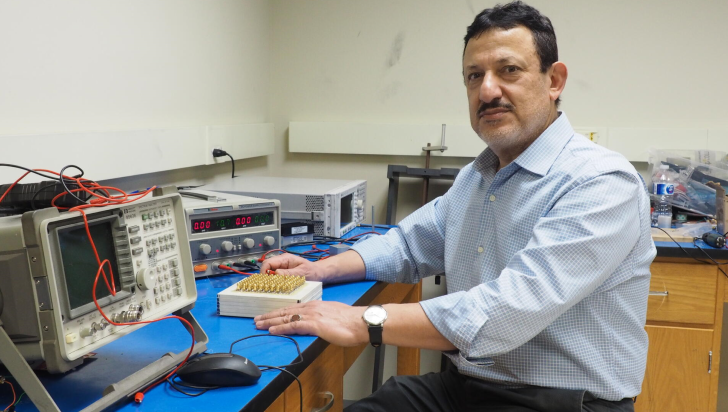Diagnosing breast cancer in two minutes, UW researchers boast cheaper, safer tech

Posted Dec 3, 2023 08:26:37 AM.
Last Updated Dec 3, 2023 08:26:41 AM.
It is the second-most common cancer in Canadian women, and one local university is taking big steps in treating it as early as possible.
A new tool from University of Waterloo researchers could determine if a person has breast cancer in just two minutes.
It even works in denser tissues, which is a current issue with today’s technology.
Dr. Omar Ramahi is the lead researcher behind the new device that uses low-frequency electromagnetic energy to help diagnose breast cancer.
“We are coming very close to providing a method for breast cancer detection at an early stage that is inexpensive and harmless for women” said Dr. Ramahi, lead researcher and a professor in Waterloo’s Department of Electrical and Computer Engineering.
Testing hasn’t yet started in humans, as the team waits on Health Canada approval.
“We’re trying to make a serious contribution to women’s health and create an alternative that is clinically and commercially viable.. the results are extremely encouraging.”
Now how it works, not too different from your phone.
A signal is sent out from an antenna to the breast, the information that comes back, breaks down everything health care professionals would need to know.
This includes whether or not a tumour is there, where it is, how big it is and most importantly, does immediate treatment need to happen.
The device is boasted as being more accurate, cheaper, and safer than traditional methods, such as X-rays, ultrasounds, and MRIs.
And all of this, done using less energy than your phone.
The work has been published in the research paper, “Mammography using low-frequency electromagnetic fields with deep learning”, published in Nature Scientific Report.










